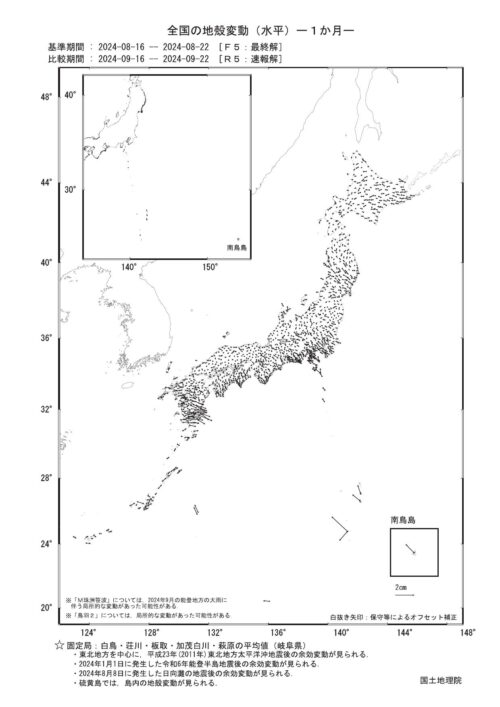2024-10-07 米国国立再生可能エネルギー研究所(NREL)
<関連情報>
- https://www.nrel.gov/news/program/2024/new-nrel-tool-estimates-the-lifetime-greenhouse-gas-emissions-of-grid-scale-energy-storage-technology.html
- https://pubs.acs.org/doi/10.1021/acs.est.2c09189
米国におけるクローズドループ揚水発電のライフサイクルアセスメント Life Cycle Assessment of Closed-Loop Pumped Storage Hydropower in the United States
Timothy R. Simon,Daniel Inman,Rebecca Hanes,Gregory Avery,Dylan Hettinger,and Garvin Heath
Environmental Science & Technology Published: August 11, 2023
DOI:https://doi.org/10.1021/acs.est.2c09189
Abstract

The United States has begun unprecedented efforts to decarbonize all sectors of the economy by 2050, requiring rapid deployment of variable renewable energy technologies and grid-scale energy storage. Pumped storage hydropower (PSH) is an established technology capable of providing grid-scale energy storage and grid resilience. There is limited information about the life cycle of greenhouse gas emissions associated with state-of-the-industry PSH technologies. The objective of this study is to perform a full life cycle assessment of new closed-loop PSH in the United States and assess the global warming potential (GWP) attributed to 1 kWh of stored electricity delivered to the nearest grid substation connection point. For this study, we use publicly available data from PSH facilities that are in the preliminary permitting phase. The modeling boundary is from facility construction to decommissioning. Our results estimate that the GWP of closed-loop PSH in the United States ranges from 58 to 530 g CO2e kWh–1, with the stored electricity grid mix having the largest impact, followed by concrete used in facility construction. Additionally, PSH site characteristics can have a substantive impact on GWP, with brownfield sites resulting in a 20% lower GWP compared to greenfield sites. Our results suggest that closed-loop PSH offers climate benefits over other energy storage technologies.



